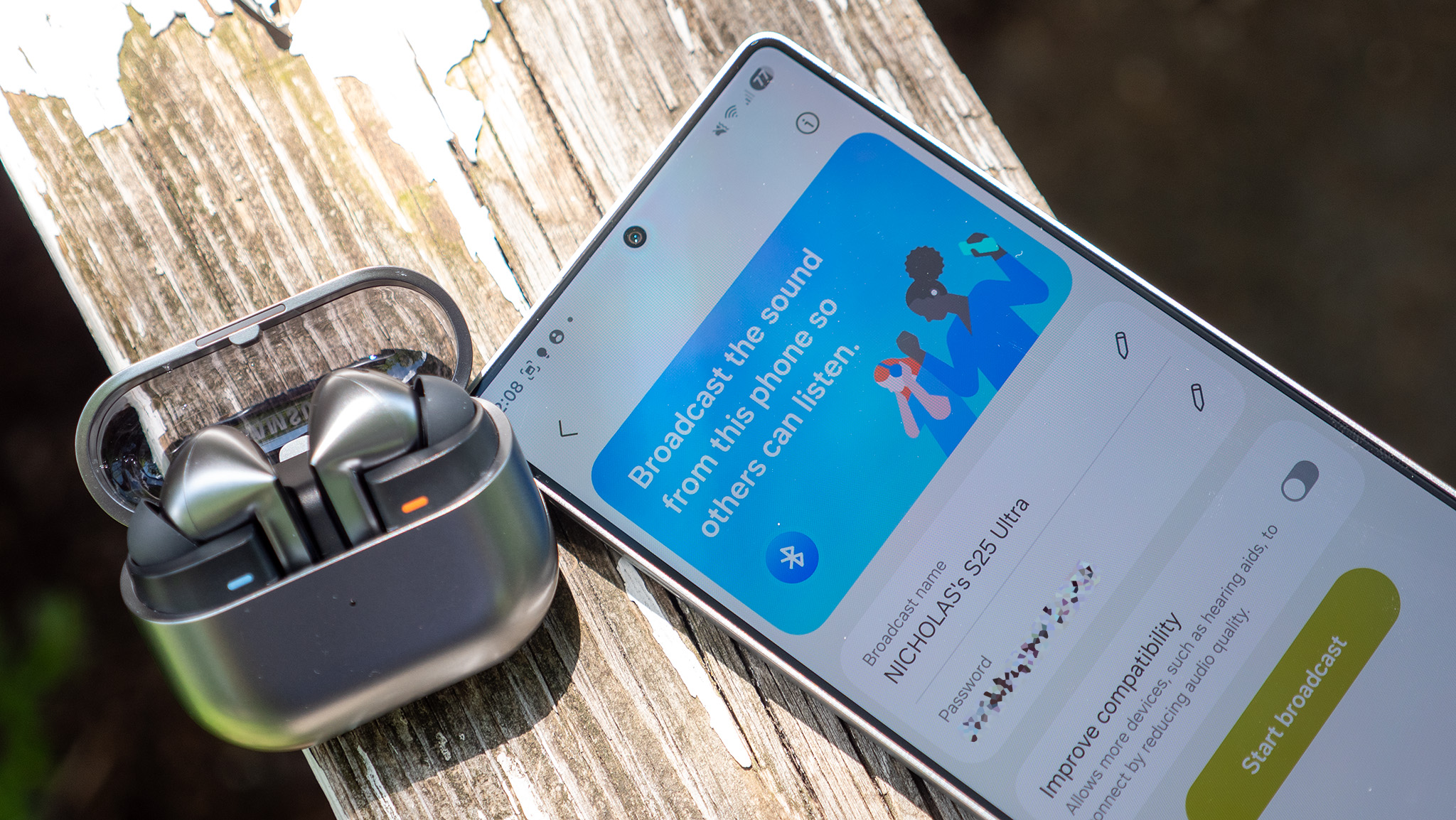Google and NXP integrate NFC in Android 2.3, starting with the Nexus S
Hot on the heels of the Android 2.3 SDK announcement along with the unveiling of the Samsung Nexus S, NXP talked more about its work with Google and Samsung to be the provider of the on board NFC (Near Field Communications) components for the Nexus S. In fact, their whole open software stack has been fully integrated into Gingerbread.
Just as the Nexus One was a device meant to lead the way for Android, the Nexus S is hoping to continue that fostering of growth by introducing NFC to the masses. NXP is the co-inventor of the technology and has been working with industry leaders since 2002 to bring NFC enabled devices to the market. Hit the full press release after the break.
Google and NXP integrate NFC in Android 2.3
NFC now available in Nexus S
Eindhoven, Netherlands, December 6, 2010 – Today NXP Semiconductors N.V. (Nasdaq: NXPI) announced a strategic collaboration with GoogleTM (Nasdaq: GOOG) to provide a complete open source software stack for Near Field Communications (NFC). The NFC stack will be fully integrated and validated on Gingerbread, the latest version of the AndroidTM platform. Google also integrated NXP’s NFC controller (PN544) into its newly launched Nexus STM phone, co-developed by Google and Samsung, offering users access to compelling NFC based services and applications. These game-changing moves immediately bring the richness of NFC to the consumer and developer and device manufacturing communities around the world.
With over 100,000 applications and an extensive community of developers Android is a growing player in the smartphone and mobile device world. With developers now able to access an open source NFC implementation, NXP will help drive the development of new, exciting and creative applications that extend the touch interface of mobile applications beyond the devices screen. It also enables manufacturers to develop NFC enabled mobile devices with a faster time to market and lower implementation and development costs.
“Android's openness has provided a great platform for accelerated innovations,” said Eric Chu, Mobile Platforms Program Manager, Google. “We are always looking for creative ways to enhance and extend the utilities of mobile devices with new technologies. With NXP's contribution, the introduction of NFC in Android provides developers, service providers, and device manufacturers a game-changing opportunity to deliver new services while enabling users to interact with each other and the physical world in ways previously not possible.”
Get the latest news from Android Central, your trusted companion in the world of Android
“Although only two years old, industry analysts are already suggesting that Android will be the number two mobile platform by 2014. Google’s adoption of the technology will be a catalyst for the industry to drive the further adoption of NFC at both the handset and application levels,” said Ruediger Stroh, Executive Vice President and General Manager, Identification Business, NXP Semiconductors. “Open source development environments will push the boundaries of innovation and drive revolutionary new services and applications for mobile devices.”
Today, NFC offers consumers a high level of convenience, interactivity and security with their mobile devices, and further enhances their smartphone experiences by linking the virtual world of applications with the physical environment. Using natural touch gestures NFC devices can easily pair with accessories, interact on a peer-to-peer level to exchange data, and connect to a huge installed base of reader and tag infrastructures. Nexus S will offer consumers immediate access to read NFC tags.
NFC is a market proven technology co-invented by NXP in 2002. In 2004 NXP co-founded the NFC Forum to lead the collaboration with all industry stakeholders and help standardize the technology. NFC technology evolved from a combination of contactless identification (RFID) and interconnection technologies. Ranked as the number one contactless IC vendor by ABI Research for three years in a row, NXP is the global leader in NFC solutions, field proven in over 150 NFC trials and landmark commercial deployments worldwide.
For more information on NFC please visit www.nxp.com/nfc
Features of the PN544 – NFC Controller
Launched in 2009, the PN544 is the world’s first truly industry standard NFC controller, delivering a fully compliant platform for handset manufacturers and operators to introduce next generation NFC devices and services. The NXP PN544 chip is fully compliant with all released NFC specifications on the Single Wire Protocol (SWP) connection with the SIM and the Host Controller Interface (HCI).
- Small footprint for size optimization
- Optimized for low power consumption
- Optionally working in Battery Off and Battery Low modes
- MIFARE 1K/4K Reader/writer functionality enabled in host baseband
- Optionally available with an modular, generic and platform independent software stack
- Optimized antenna designs for best-in-class RF performance
About NXP Semiconductors
NXP Semiconductors N.V. (Nasdaq: NXPI) provides High Performance Mixed Signal and Standard Product solutions that leverage its leading RF, Analog, Power Management, Interface, Security and Digital Processing expertise. These innovations are used in a wide range of automotive, identification, wireless infrastructure, lighting, industrial, mobile, consumer and computing applications. Headquartered in Europe, the company has approximately 28,000 employees working in more than 25 countries and posted revenue of US$ 3.8 billion in 2009. For more information, visit www.nxp.com
Google, Android, and Nexus S are trademarks of Google, Inc.

